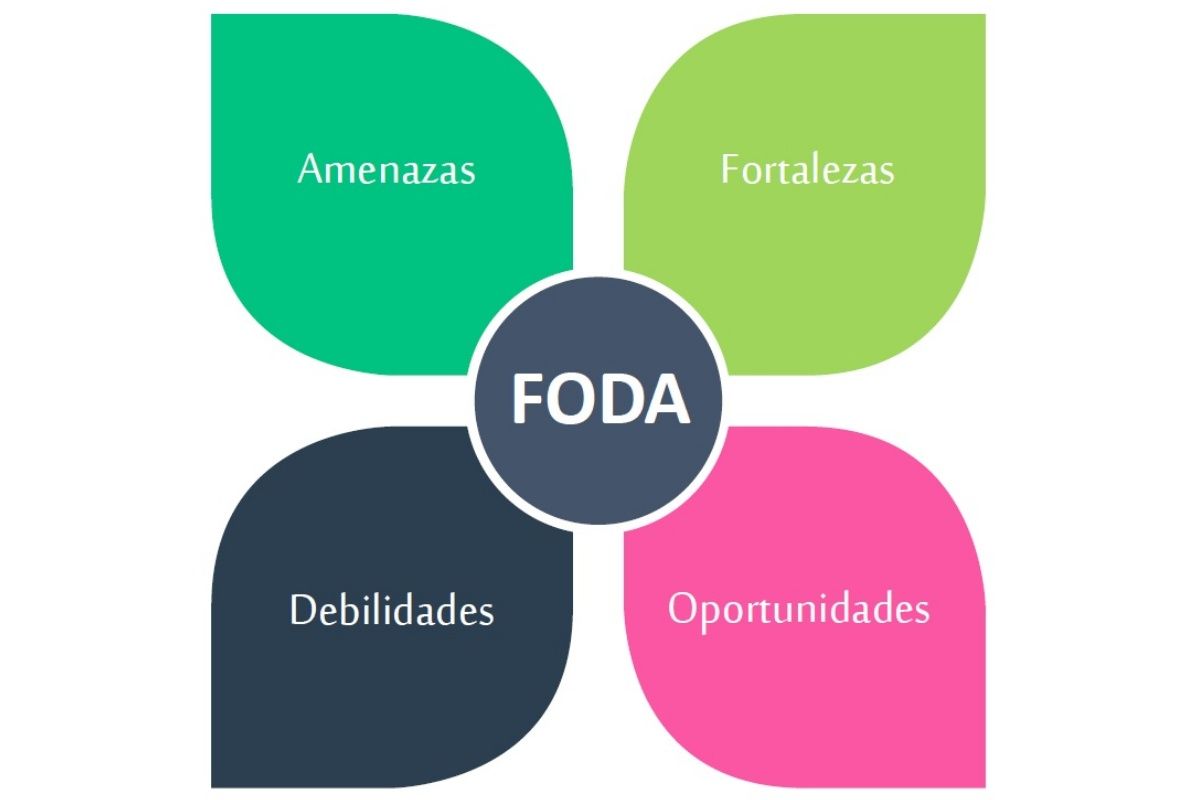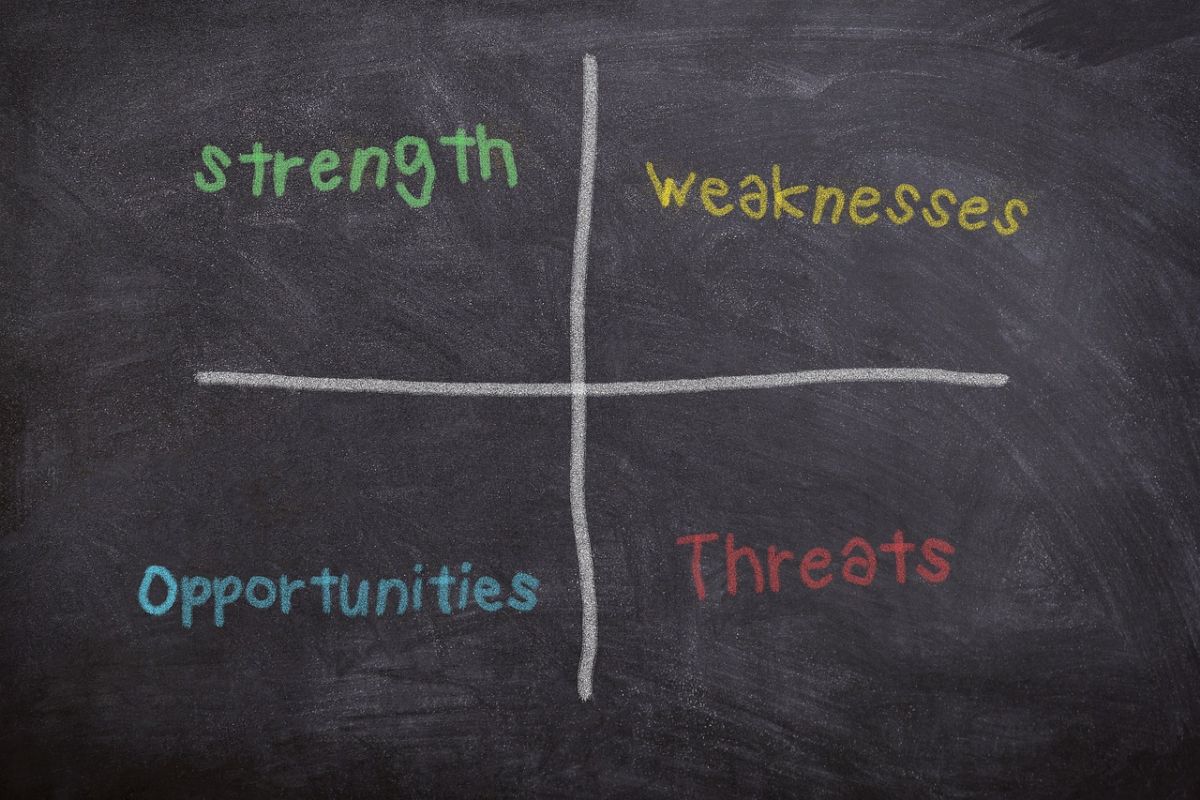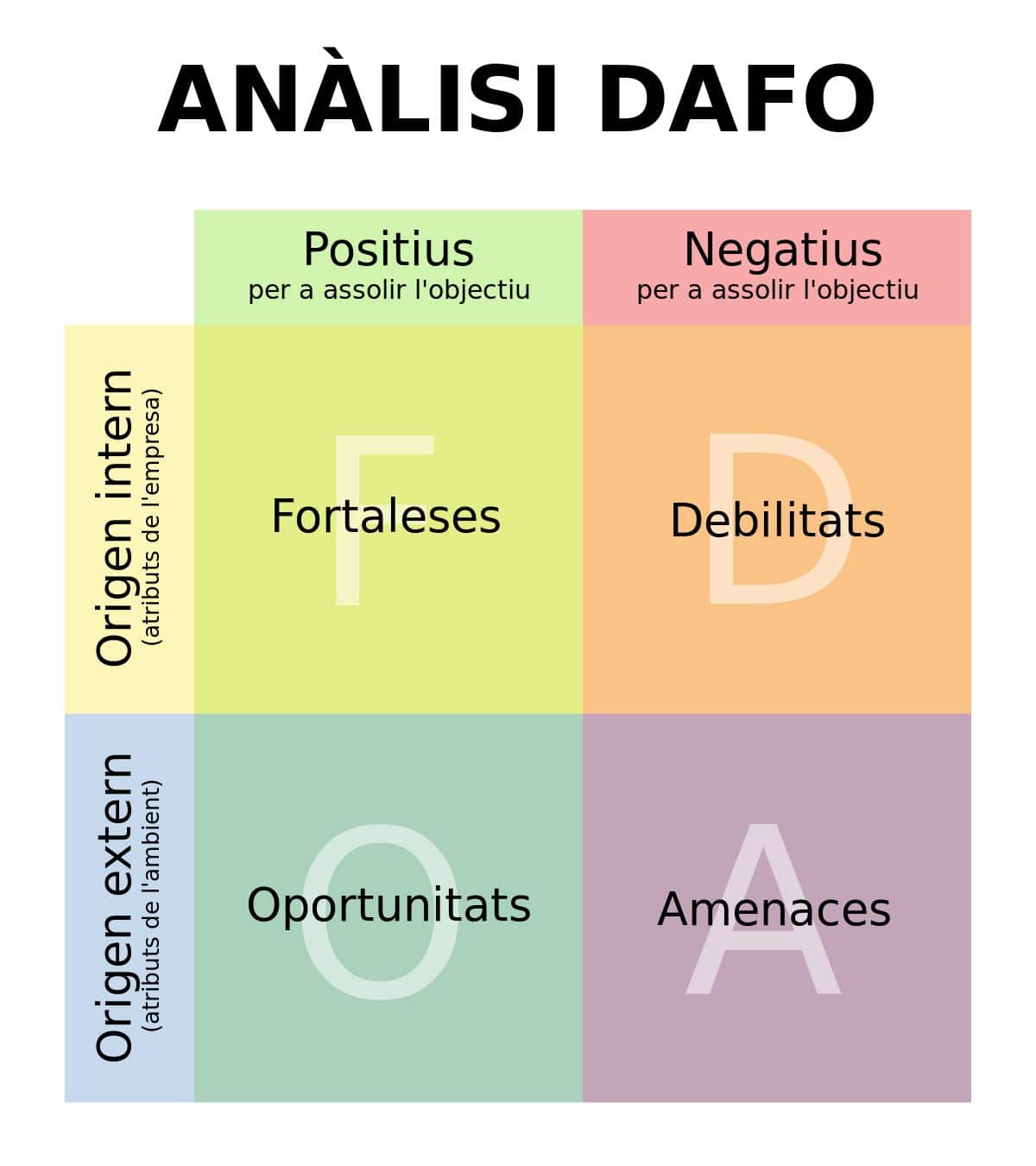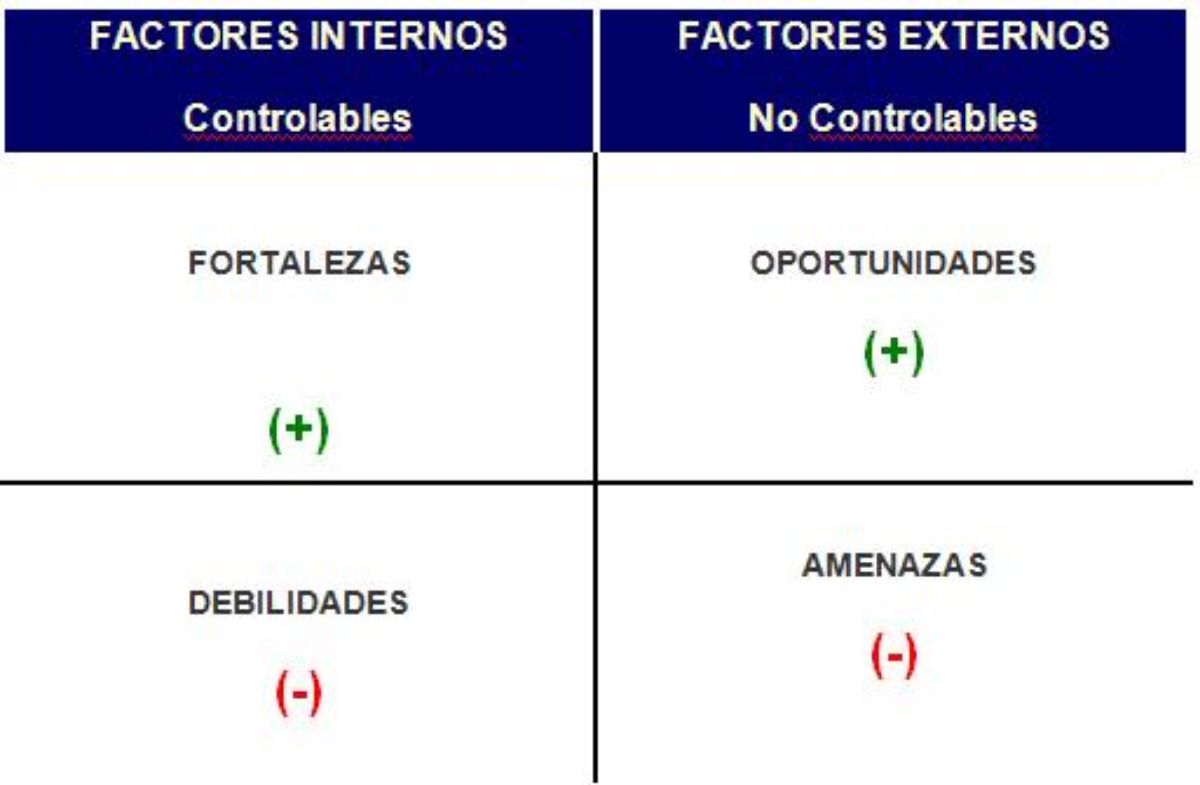
Surely, when you set up your eCommerce, or perhaps at this moment, you have faced the dreaded SWOT analysis. It is possible that in Spain you know it as a SWOT analysis, a table that identifies the strengths, weaknesses, opportunities and threats of the project you have in hand. But, Do you really know what a SWOT analysis is?
Below we are going to clarify about it, we will tell you what should be put in each of the sections and how to understand it so that anyone, when taking a look at it, knows perfectly everything about the project. Shall we start?
What is the SWOT analysis

As we told you, The SWOT analysis, or DAFO, is actually a table that establishes what are the strengths, weaknesses, opportunities and threats of a project. In other words, it is a way of helping to identify what you offer of value to that project and the shortcomings that you currently have.
The acronym SWOT refers to the four important points of the analysis, that is:
- F for strengths;
- Or of opportunities;
- D for weaknesses;
- and A for threats.
Once all of them are put together, it is said that an overview of how you are at that moment can be established in order to know what steps you should take.
This analysis is already many years old, since it began to be developed and used between 1960 and 1970 in the United States. But it is still one of the most important and most used in business plans, marketing, etc. Its creators were M. Dosher, O. Benepe, A. Humphrey, Birger Lie and R. Stewart.
Currently, together with the CAME analysis, they are one of the most used and in many projects they are required as mandatory in order to carry out an internal (and objective) analysis of the elements that compose it.
What elements make up the SWOT analysis

Since we want you to know how to do a good SWOT analysis, You must understand the areas or elements perfectly. Many times these analyzes are useless because they have not been developed correctly, either because all the appropriate information has not been investigated or analyzed, or because it has been made more general and not specific about a company, project or even personal brand.
Therefore, here you have everything you should know about each element.
Castles and Fortresses
In SWOT or SWOT analysis, strengths are those things we have that make us strong. That is, what we can do better than other companies or businesses.
For example, imagine that you want to set up a clothing eCommerce. One of your strengths may be unique, custom packaging that would stand out from the competition.
Another example, with that same online store, Could you offer customer service with a 900 number? (which are free) plus WhatsApp messages and, in addition, 24/7 attention, that is, every day and at any time.
When filling out this section, the main question you have to ask yourself is "what is it that you could stand out or do better than others?".
Weaknesses
If before we had the strengths, that is, those abilities or capacities that we are good at, now we go to the other side. In other words, what we lack or what does not work well. It's not playing "devil's advocate," but close. You have to assess what things hurt you and make them become a problem for you internally.
To give you an idea, we give you another example. With that clothing eCommerce, one of the weaknesses you may have is that the stock is limited. Other? That you do not have payment enabled by Bizum. Or that you don't have subscribers to send emails with offers to buy from you.
En general, They are things you don't have yet, but could be improved.
Opportunities
Many believe that opportunities are actually a combination of strengths and weaknesses, a kind of "fix" that gives you more opportunities to improve. So that you understand it better, they are actions that you could do to improve your business.
For example, if before a weakness was not enabling payment by Bizum, an opportunity would be to do so. If the weakness is not having subscribers, an opportunity would be to create a recruitment strategy and an email marketing strategy to increase your subscribers.
Get it now? It is basically finding possibilities to solve your weaknesses and, furthermore, to increase your impact on the business or in the sector.
Threats
Finally, we have the threats, which, as the name suggests, refer to the external problems that you may face. In other words, They are the problems that may arise in the sector or with the competition. But also with potential users (your target audience).
We leave you an example with this same eCommerce that we have given you. One threat may be that your competitors are much more established and also have a much better pricing policy than yours.
Another example could be that people find it difficult to buy clothes without trying them on. and not knowing if they will like it. What affects your sales.
A simpler example would be a new online store with an advertising campaign and conditions for prices, sales, etc. that makes you lose customers.
What is the SWOT analysis used for?

If it's still not clear to you, You should know that the SWOT analysis has a fairly broad objective. On the one hand, it tries to make you see what are the competitive advantages that you have compared to the rest of the competitors, or those that can be made to stand out in the market (present or future). On the other hand, it offers you a vision of the problems, both internal and external) to know what you should focus on to avoid them or at least solve them.
And before you wonder, SWOT analysis will also allow you to see your growth. By analyzing each area, you will have information with which to improve your company or your project. In other words: you have a roadmap to solve the problems you have encountered using the advantages that you have in your favor.
Is the SWOT analysis clearer to you now? It is not easy to do, but once you do it, it can make the situation you are in much clearer.